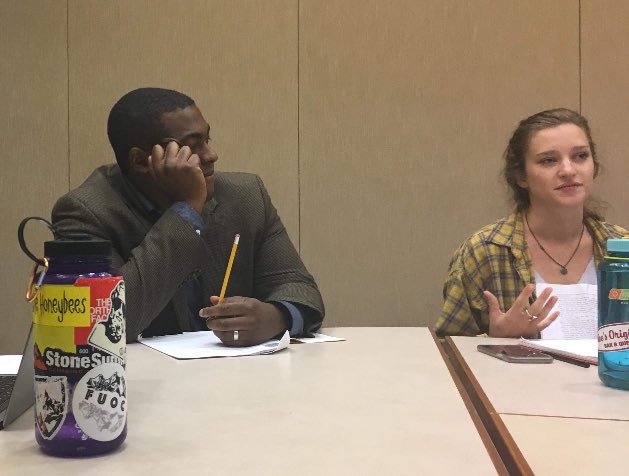MA Students and faculty met the other day to discuss the article chosen for this meeting of our regular journal group – which just so happened to be an article Prof. Steven Ramey and I coauthored. The article, titled Sourcing Stereotypes: Constructing and Challenging Simplified Knowledge, is made up of two main parts: a critique of a chart (and its corresponding citations) from a textbook in the nursing field concerned with what we took to be stereotypes (some of which religiously-based) in how different populations tolerate or respond to pain, and a second, a similar, though perhaps less obvious, part which was a critique of textbook presentations of groups in the field of religious studies. While having both authors in the room certainly played a role in how the article was examined, the enthusiasm of the group of people present for the discussion played the most vital role in the development of a robust, engaging and productive dialogue about the article itself. For, without conversation partners that help you explore the critical questions you yourself are working to answer, your writing process and the claims you make in your writing will not be able to grow and address new issues.
Another Journal Group

